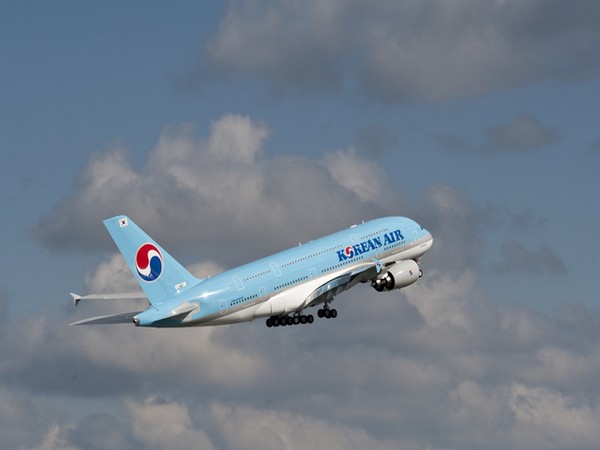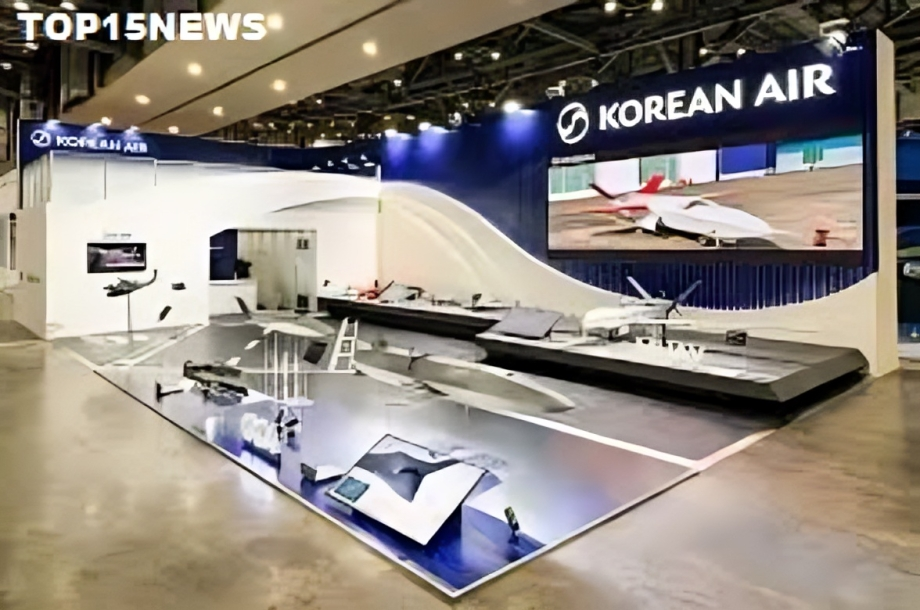Korean Air expands its international footprint through major developments in aerospace manufacturing, MRO (maintenance, repair, and overhaul), and defence technologies. This move marks a strategic shift in its long-term growth vision, moving beyond commercial aviation into broader aerospace and defence verticals.
As of July 7, 2025, industry sources confirm that Korean Air expands operations with investments in new facilities, partnerships with global defence contractors, and a renewed focus on building an aerospace ecosystem in Asia and beyond.
Korean Air Expands Manufacturing Capabilities Globally
One of the major areas where Korean Air expands aggressively is in aerospace manufacturing. The airline has started scaling up its aerospace division, which already contributes to major projects like the Boeing 787 Dreamliner and Airbus A350.
The airline plans to:
- Set up composite material production units in South Korea and Southeast Asia
- Supply parts and assemblies for next-gen military drones
- Collaborate with NASA and Lockheed Martin on experimental aircraft projects
This is part of a larger vision where Korean Air expands to become a Tier-1 global aerospace supplier by 2030.
Korean Air Expands MRO Services with New Facilities
Another strong area where Korean Air expands is in the MRO segment. The airline recently opened a state-of-the-art MRO center in Incheon, capable of handling wide-body aircraft including Airbus A380 and Boeing 777.
In addition:
- Plans are underway to establish MRO hubs in Vietnam and UAE
- The airline will cater to foreign air forces and private airlines
- A special AI-based diagnostics platform is in development to speed up maintenance turnaround
With aircraft fleets growing across Asia and the Middle East, Korean Air expands its MRO presence at the right time to capture emerging demand.
Korean Air Expands Defence Role in Asia-Pacific
A bold move where Korean Air expands its influence is in the defence aviation sector. The airline’s aerospace unit has secured multiple government-backed contracts, including work on:
- South Korea’s KF-21 fighter jet program
- Surveillance drones for Asia-Pacific militaries
- Airborne early warning systems (AEWS) with U.S. partners
By aligning with the government’s “K-Defence” strategy, Korean Air expands its defence ambitions and positions itself as a strategic player in regional security frameworks.
Korean Air Expands Through Global Collaborations
To execute its ambitious roadmap, Korean Air expands through joint ventures and international collaborations, including:
- Technical partnership with GE Aviation for engine servicing
- R&D collaboration with Rolls-Royce on hydrogen propulsion
- MOU with Israel Aerospace Industries (IAI) for drone tech co-development
Such tie-ups ensure that Korean Air expands not just in physical presence, but in technological depth and innovation.
Korean Air Expands Its Vision: Key Financial Insights
With its diversified approach, Korean Air expands revenue channels beyond passenger travel. In its Q2 guidance:
- Aerospace and MRO divisions projected to grow 18% YoY
- Defence segment expected to contribute 15% of 2025 topline
- Capital expenditure set at $2.1 billion, largely for expansion
This strong financial backing ensures that as Korean Air expands, it does so with sustainability in mind.
Why Korean Air Expands Now: Market Timing and Strategy
The timing of Korean Air expands initiatives aligns perfectly with global trends:
- Surge in airline fleet sizes post-pandemic
- Rising geopolitical tensions, boosting defence needs
- Urgent need for MRO decentralization in Asia
By entering these markets now, Korean Air expands at an inflection point, gaining first-mover advantage in key regions.
Industry Response: Korean Air Expands Boldly
Aviation analysts have taken note of the aggressive strategy with praise and caution:
“Korean Air is no longer just an airline. It’s now an aerospace force to reckon with,” says Claire Han, Aviation Consultant, Asia-Pacific.

“The MRO and defence moves could disrupt established players if executed well,” adds Peter Lang, Defense Industry Analyst.
The industry clearly sees how Korean Air expands its profile and reshapes the aviation landscape.
What’s Ahead As Korean Air Expands Further
In the coming quarters, watch for these developments:
- Launch of Korean Air’s first unmanned aerial platform (UAP)
- Operational MRO facility in the Middle East by Q4 2025
- Expansion of Incheon facility to handle space components
If Korean Air expands in line with its current pace, it could redefine South Korea’s global aviation footprint.
Bike Auto New Rules: 5 Strong Directives by Nitin Gadkari

